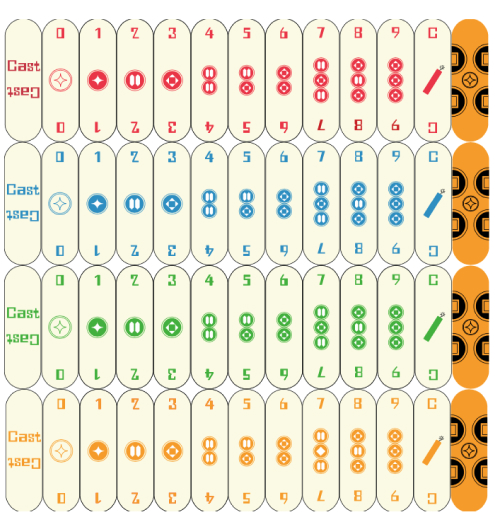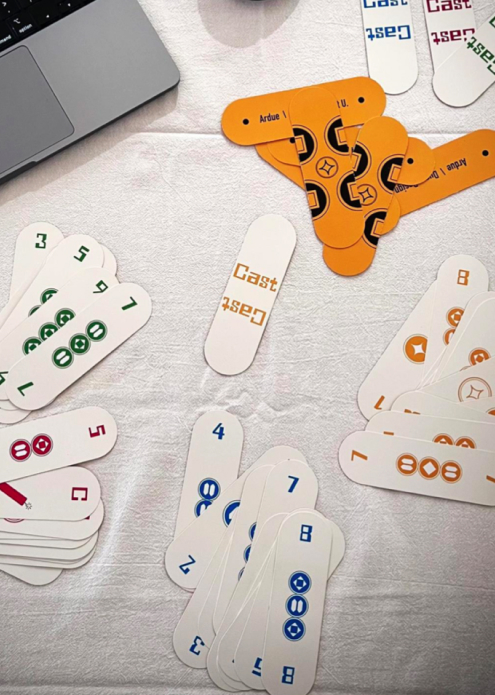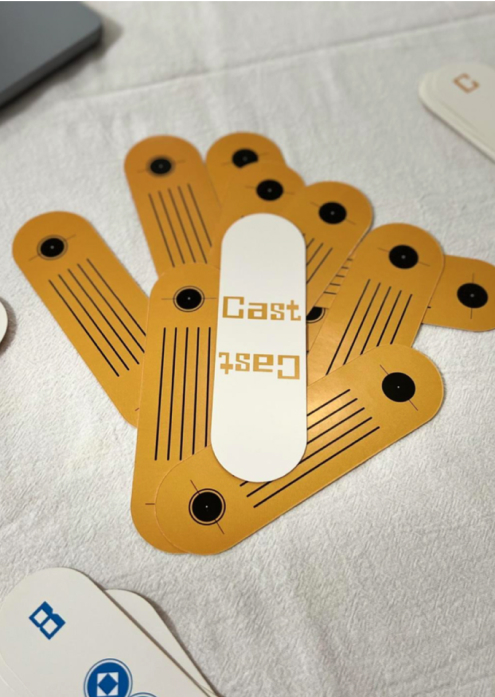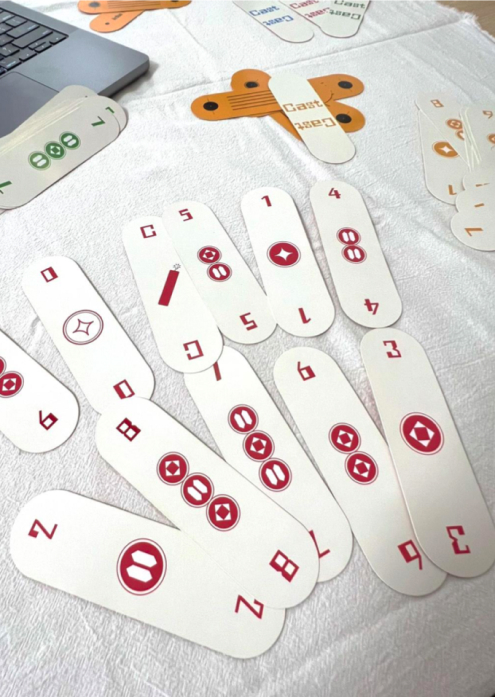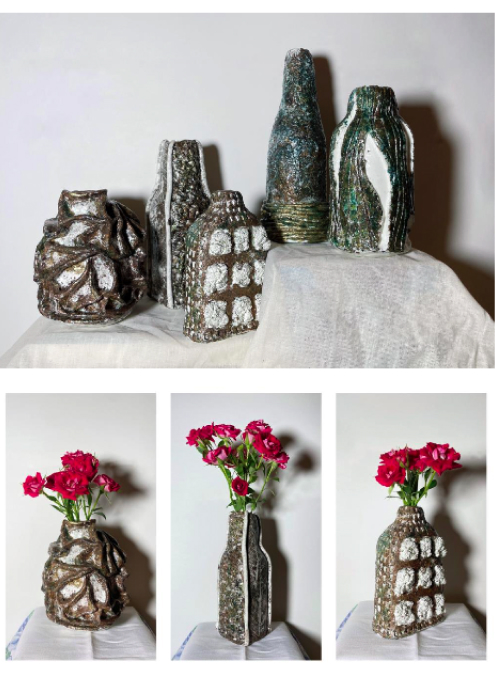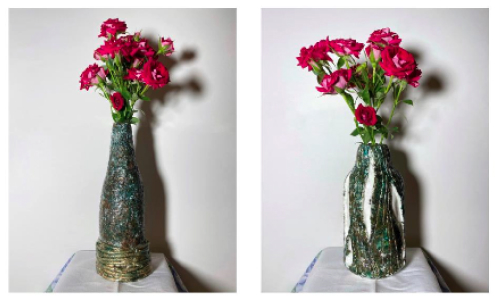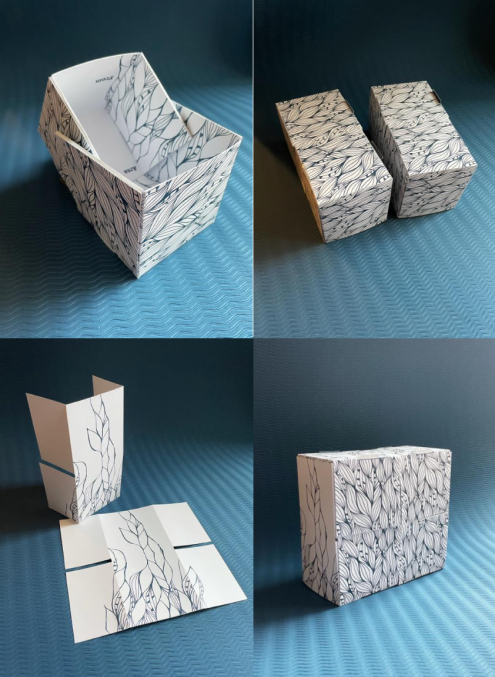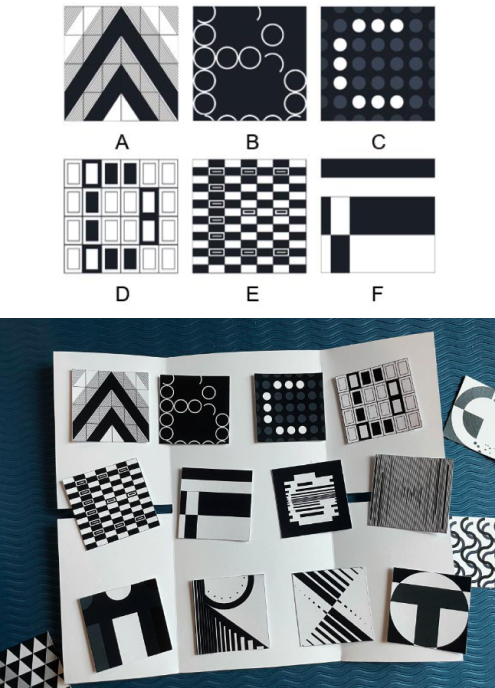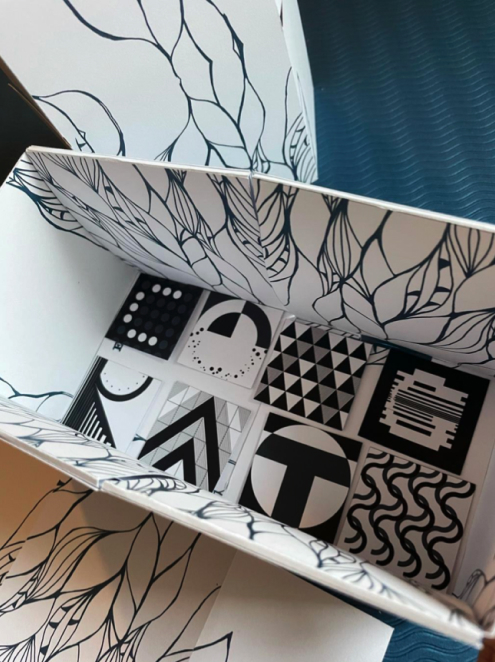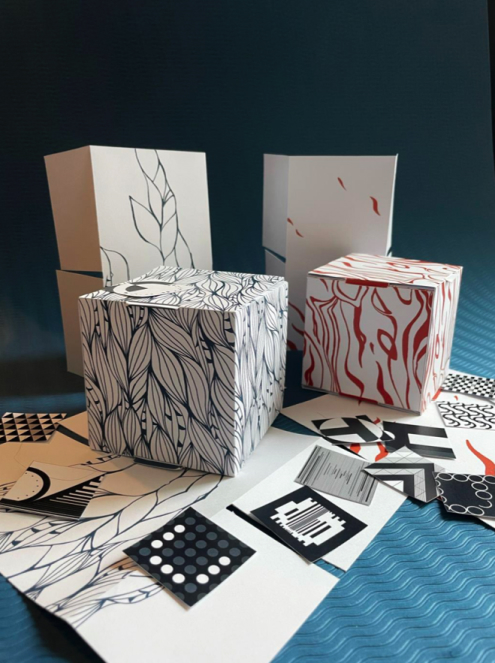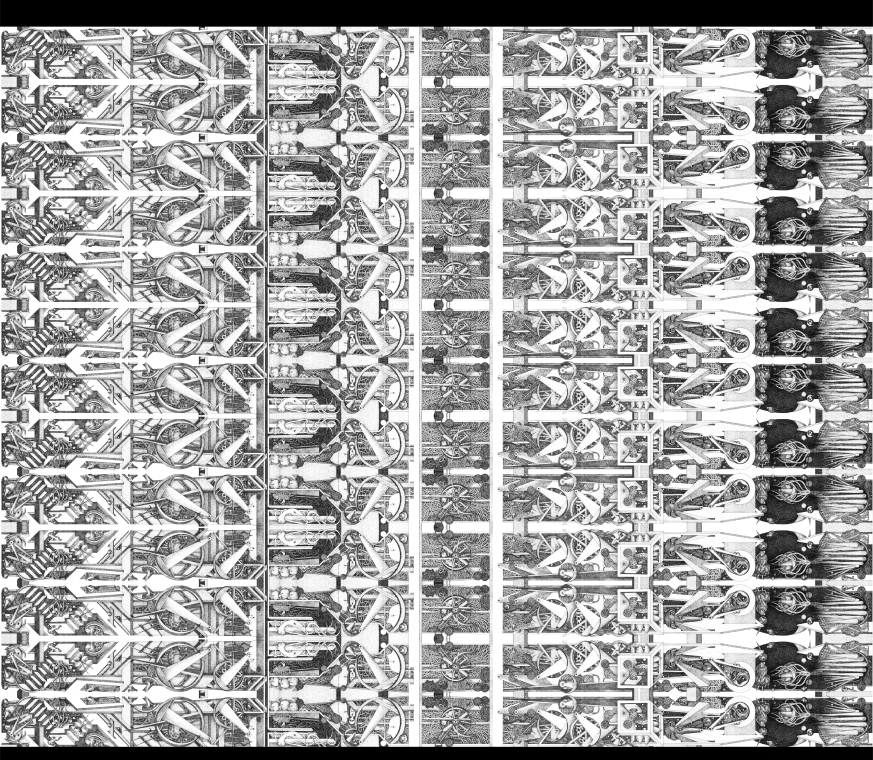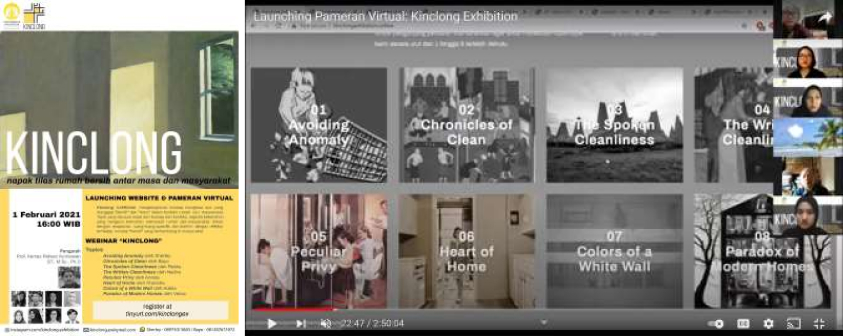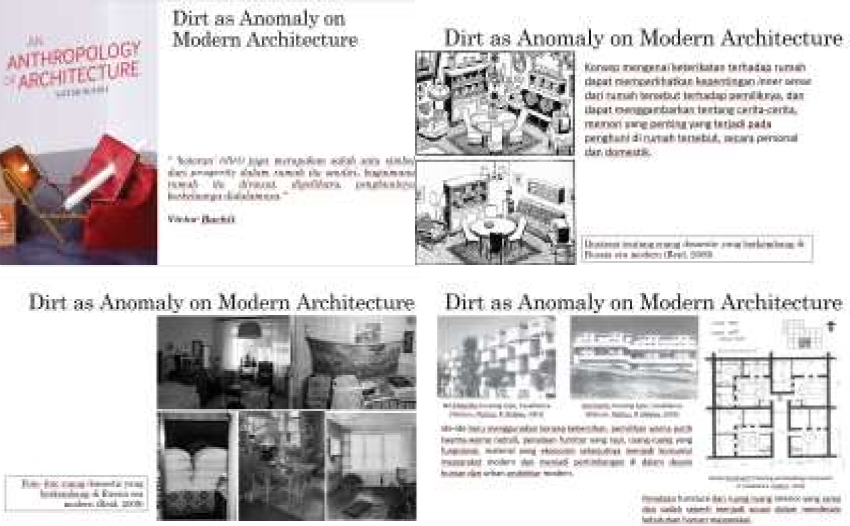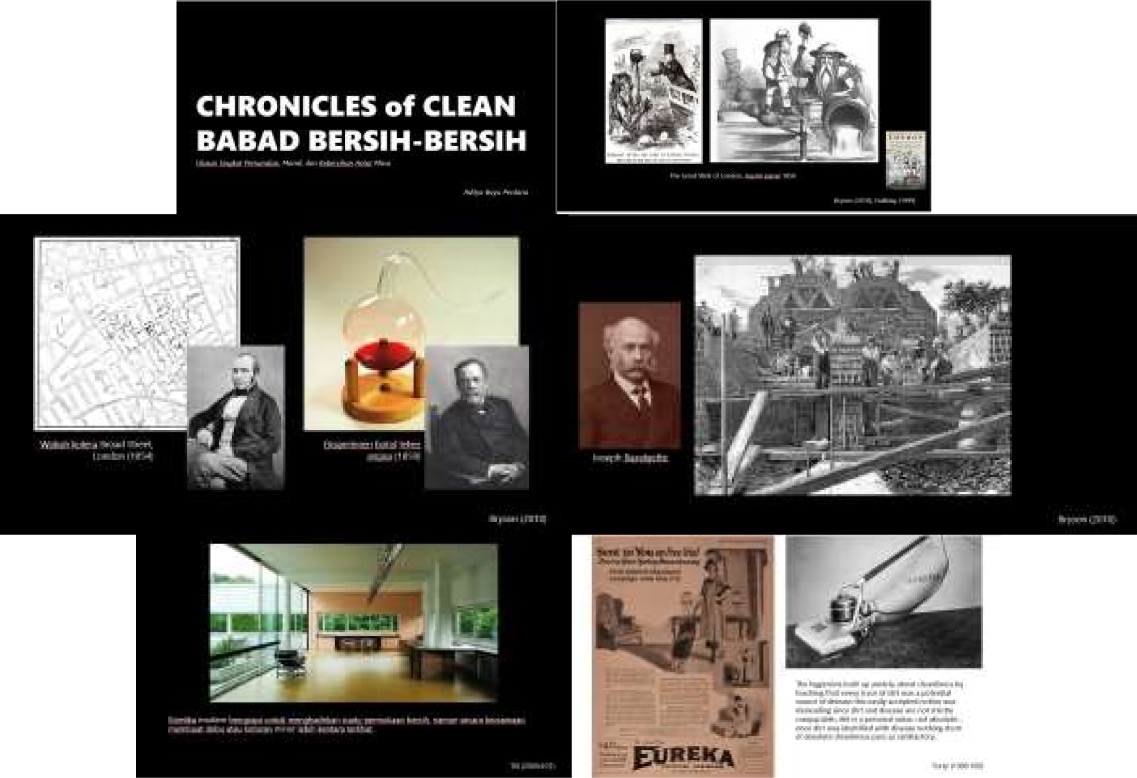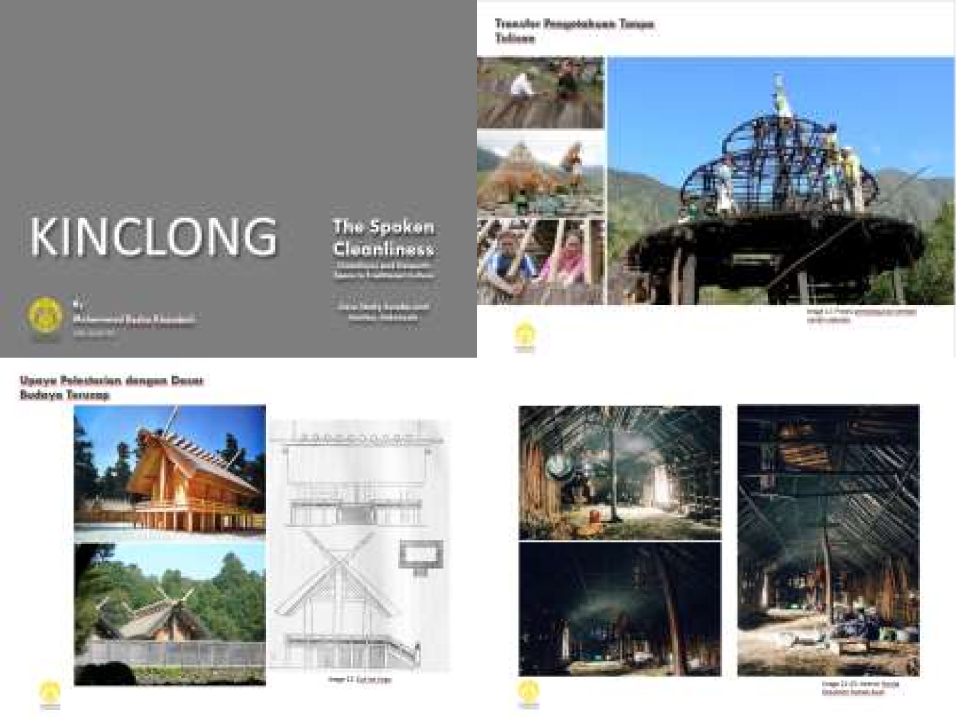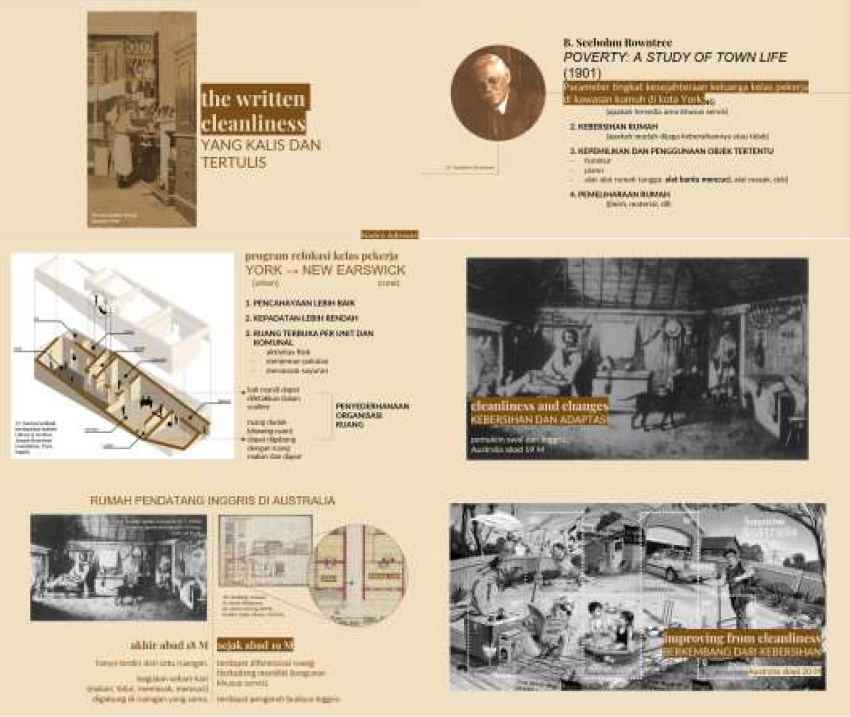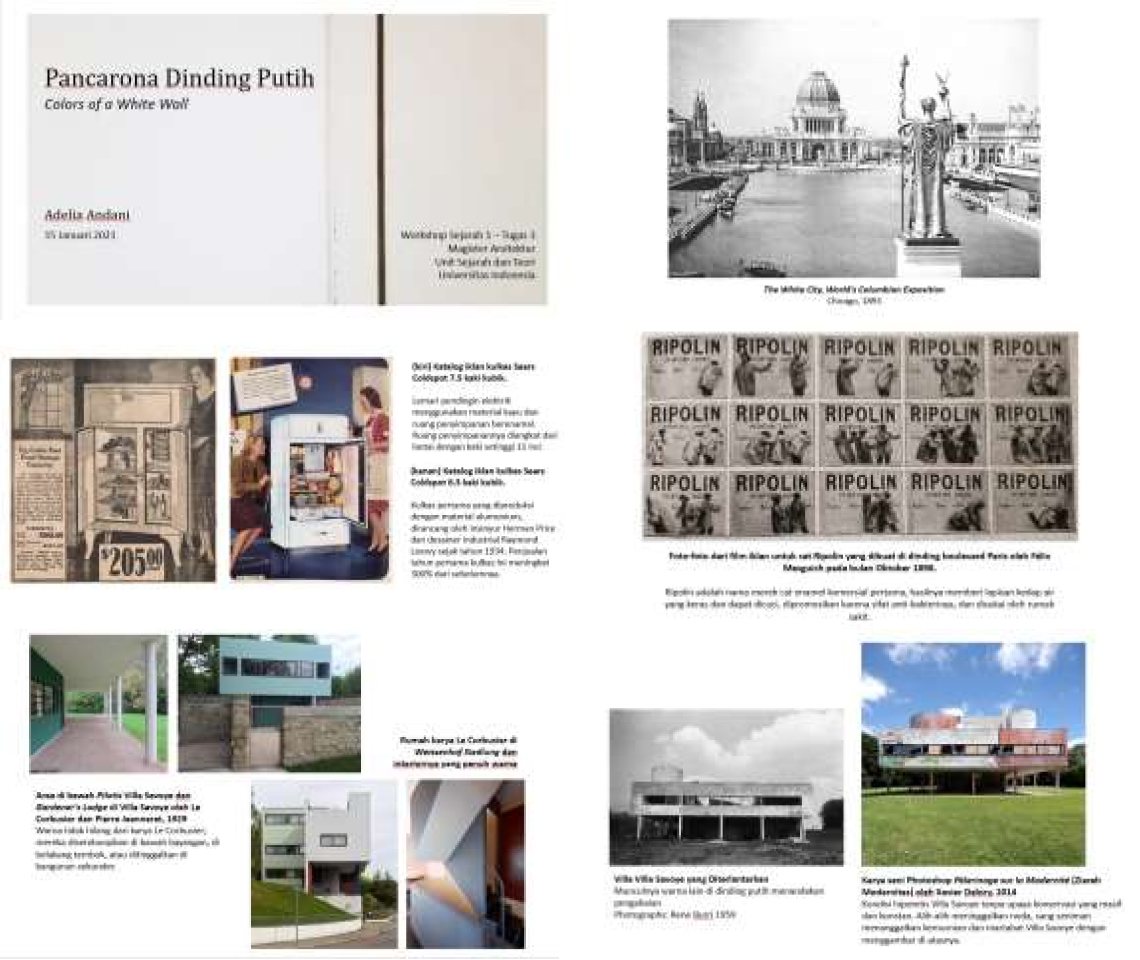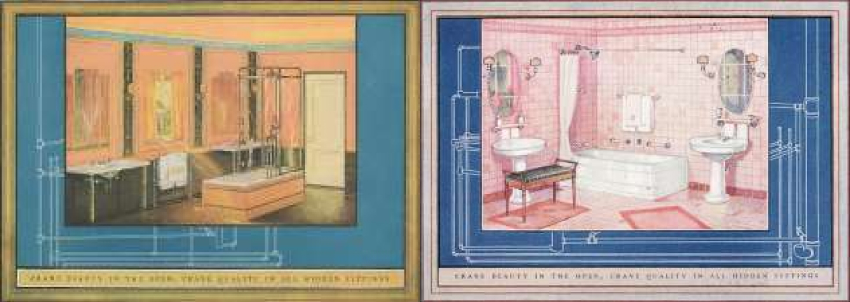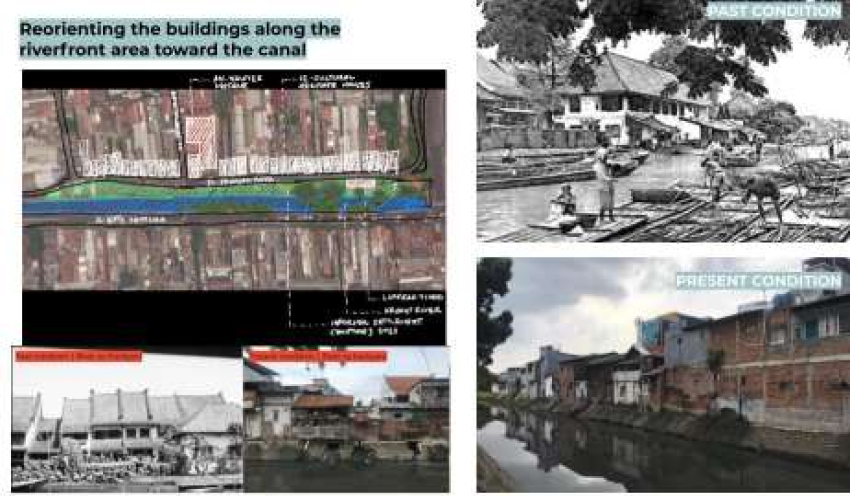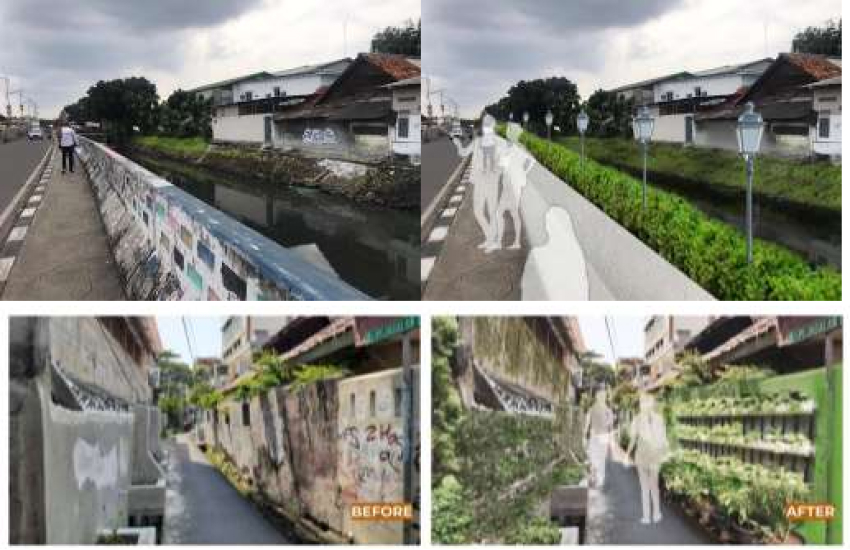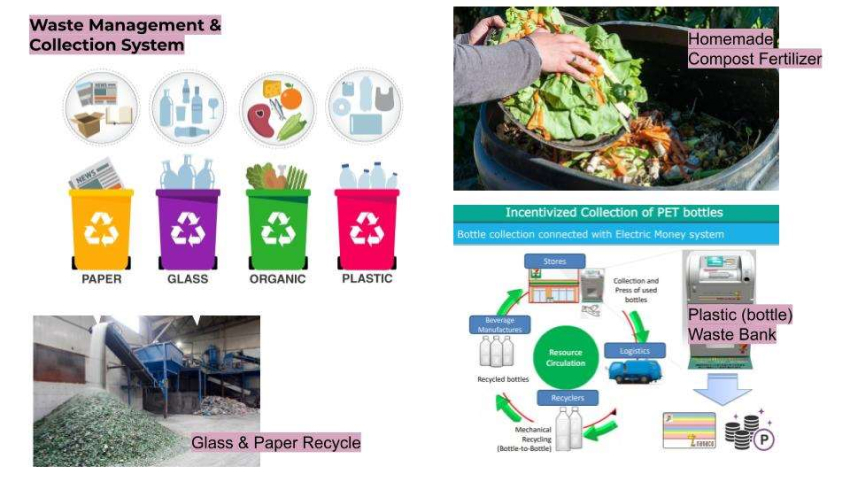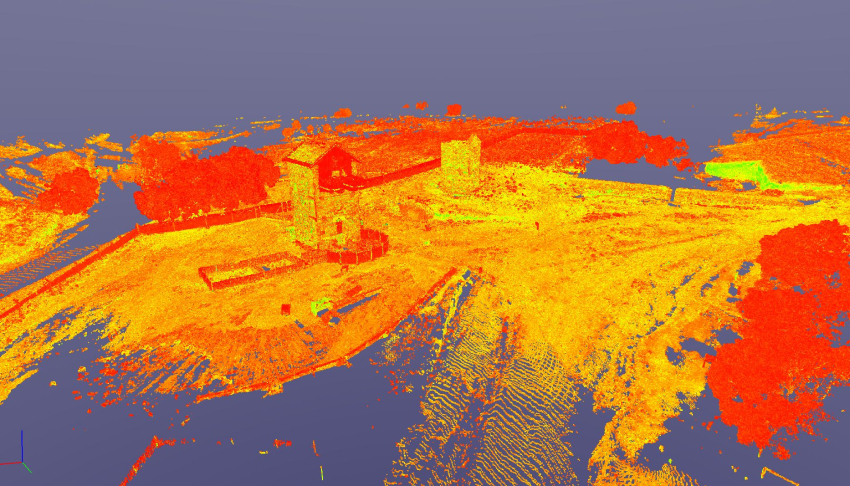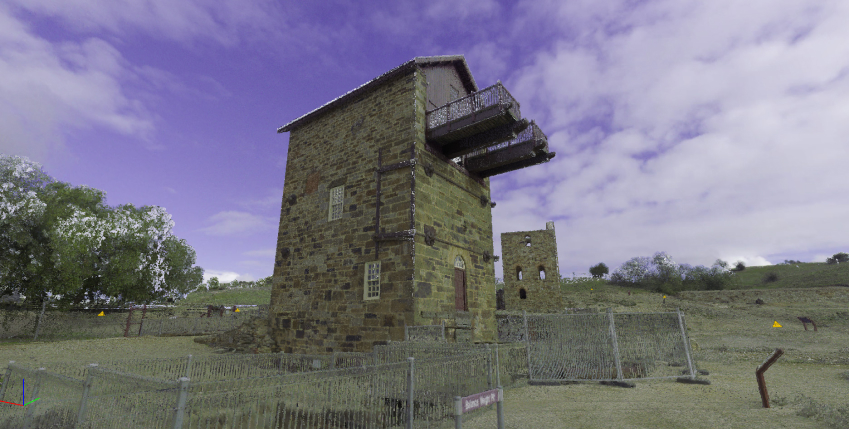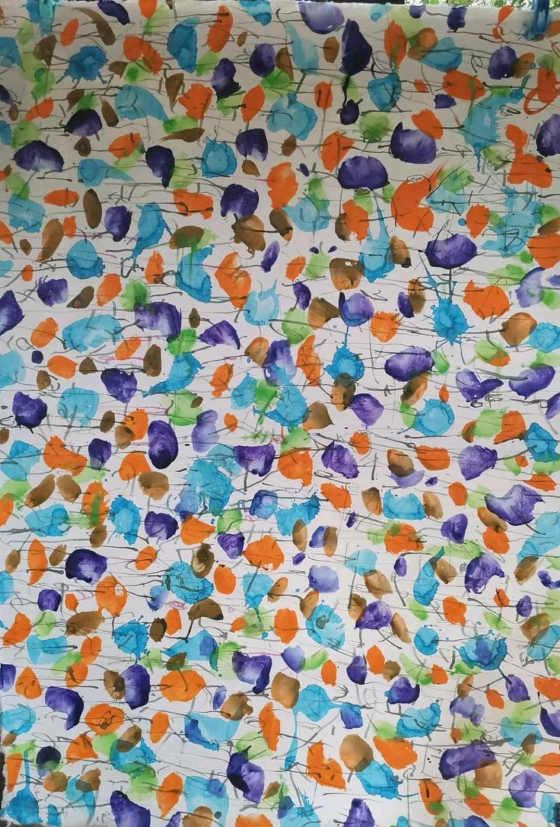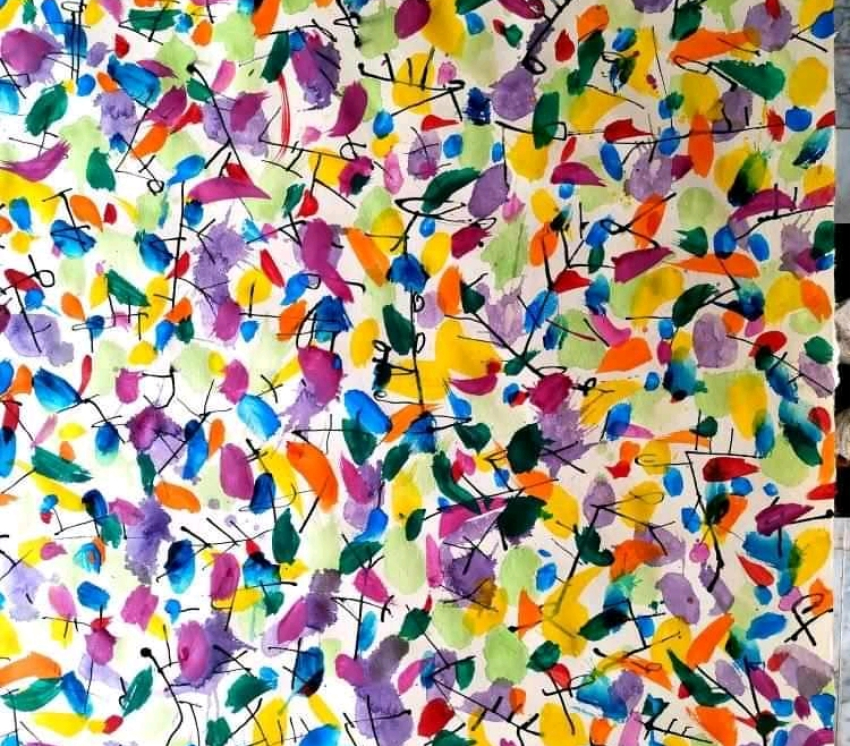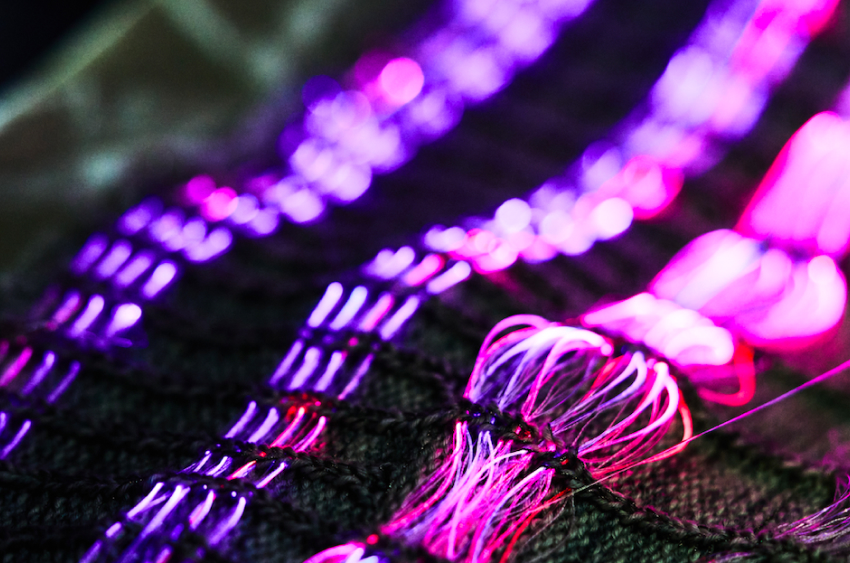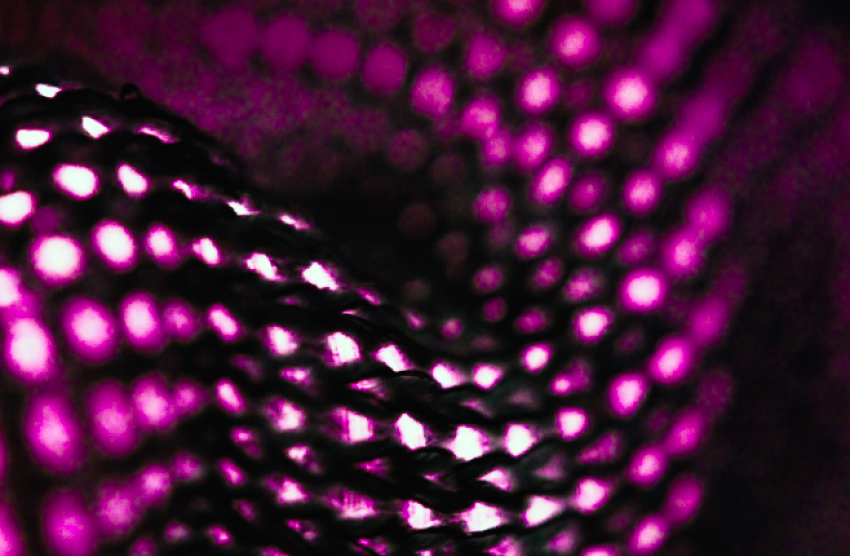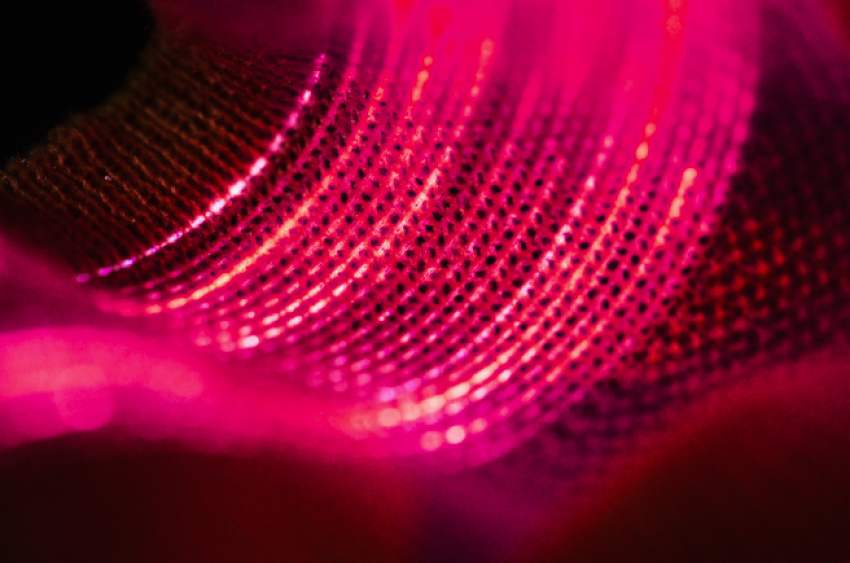The Collective Analogue, bring emotions into our digital lives
Mr. Xingyu Du
Introduction
The mature theory explains that “emotion and emotion” are the subjective experience and corresponding behavioral response of people’s attitude towards objective external things, which reflects the relationship between the needs of the subject and objective external things. Emotion and emotion have three components, unique subjective experience, external
1
expression and physiological awakening. In the vast majority of cases, people are talking about “Individvide’s self-feeling of different emotions”.
But nowadays, the “digitalization” of the world makes people’s emotions less pure, and some people in the age group who can’t keep up with “digitalization” are forgotten, resulting in some family emotional problems. At family gatherings, many family members will be immersed in digital devices. Those traditional forms of entertainment are gradually forgotten, but in fact, “unplug-in games” are a good means of entertainment to increase their feelings. This article creates a card game by studying the gameplay and design of many board games. Let people have one more game as an option when they get together.
Conclusion
After exploring the stories and gameplay behind many traditional games, we analyzed the “non-digital” characteristics of these games and improved their gameplay and settings. Using graphic design, semiotics knowledge, and some emotional theories, a desktop card game was successfully created. After experimenting with this game, good feedback was obtained. During the test, it did enhance the pleasant atmosphere of the party at that time. As a
6
“unplugged game”, it increases the real interaction of players. The rules of the game are simple and easy to understand, providing an additional entertainment game option for family gatherings. The feedback from the tester also said that the size of the card is easy to carry, and it is very convenient to play the game. Even novice players can quickly understand the rules of the game and start the game.
Of course, it is really meaningful to use artistic design to solve problems; design is people- oriented. After completing this design, I also realized that many “irreversible” changes have taken place in today’s society. COVID-19 has made us communicate, and traveling and gathering relatives and friends have become a risky behavior. I look forward to my design. After the world slowly returns to normal, friends/family may entertain face to face.
Feel the emotions that can be touched by reaching out…………….After exploring the stories and gameplay behind many traditional games, we analyzed the “non-digital” characteristics of these games and improved their gameplay and settings. Using graphic design, semiotics knowledge, and some emotional theories, a desktop card game was successfully created. After experimenting with this game, good feedback was obtained. During the test, it did enhance the pleasant atmosphere of the party at that time. As a “unplugged game”, it increases the real interaction of players. The rules of the game are simple and easy to understand, providing an additional entertainment game option for family gatherings. The feedback from the tester also said that the size of the card is easy to carry, and it is very convenient to play the game. Even novice players can quickly understand the rules of the game and start the game.
Of course, it is really meaningful to use artistic design to solve problems; design is people- oriented. After completing this design, I also realized that many “irreversible” changes have taken place in today’s society. COVID-19 has made us communicate, and traveling and gathering relatives and friends have become a risky behavior. I look forward to my design. After the world slowly returns to normal, friends/family may entertain face to face.
Feel the emotions that can be touched by reaching out.
Objectives Aims or Purposes
Select DouDizhu, FlyNiujiu, Mahjong for further research. Including game background, game method, etc. Discovering traditional, classic and de-digital entertainment methods makes people cherish the emotional communication between lovers and avoid the phenomenon of “emotional lack”. Retrieve the emotional bond lost due to digitalization, regain the direct emotional connection with the near and dear, and increase the real emotional imprint between people.
Process or Methods
This article is committed to exploring the gameplay and design of existing board games, analyze the characteristics of its “de-digital entertainment”, improve gameplay and the components of game devices, design a game suitable for home entertainment. This game is promoted as an “Unplugged-game” to enhance the atmosphere of family entertainment. Provide more non-digital entertainment options for family gatherings
Research on well-known games: DouDizhu, MaDiao Cards, Mahjong, UNO, Through- through burrito. Design new games (Rules of the game and Components of game)
Techniques and materials
Literature Research, Product Design, Graphic Design
Size or Mins.
–
